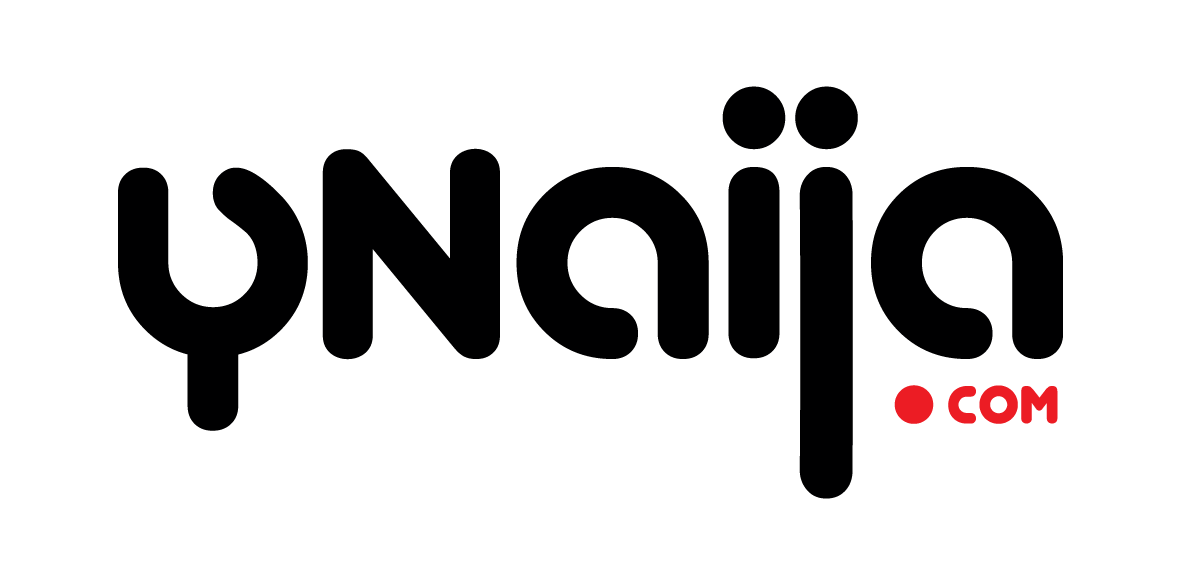The 2018 World Intellectual Property Day commenced on April 26, 2018.
Intellectual property, by the way, is a means by which society systematically stimulates creativity. It protects such intellectual creations that may typically have both a moral and commercial value. Essentially, intellectual property law grants an inventor of an intellectual creation the exclusive rights to exploit and benefit from their invention or creation, for a specific duration and within defined geographies. These benefits which can be immense, depending on the invention or creation, serve to catalyze innovativeness and creativity. Instructively, therefore, intellectual property is increasingly being recognized the world over as a vital commercial asset and catalyst for economic growth and development.
The World Intellectual Property Day (WIPD) is celebrated annually to beam the searchlight on the role of intellectual property rights in driving innovation and creativity, across the world. The World Intellectual Property Organization (WIPO), which established WIPD in 2000, says its goal is to “raise awareness of how patents, copyright, trademarks and designs impact on daily life” and “to celebrate creativity, and the contribution made by creators and innovators to the development of societies across the globe.”
This year’s edition is themed “Powering change: Women in innovation and creativity.” In different fora around the world attention will be focused on how the world can utilize the instrumentality of intellectual property in helping to unleash the creative energy of womenfolk in driving human progress.
Women, even if uncelebrated, are rolling out creative inventions that are positively impacting lives worldwide and advancing human knowledge and development. In diverse fields in the sciences, arts and humanities, women are pushing the frontiers of creativity and innovation.
While many of such women stand out and have been duly accorded their places in the history books, one or two such women perhaps bear recounting here.
The story of Helena Rubinstein, for instance, is quite inspiring. A Polish-American businesswoman, Rubinstein revolutionized the world of cosmetics and created the first publicly-listed global cosmetics corporation, Helena Rubinstein Incorporated. She established the band Crème Valaze and protected the trademark with its registration in January 1907. She built an empire and is today regarded as the first self-made millionaire of modern times. Her immense success would have been impossible were it not for the role of Intellectual Property Law.
Underpinning this year’s theme of the World Intellectual Property Day, therefore, is the imperative of ensuring that the latent intellectual capital in women is strategically nurtured and harvested for the good of humanity.
Incidentally, a good number of organizations in Nigeria, seem to be increasingly buying into the global drive to enhance equal opportunity in the workplace as a critical step towards engendering a more productive workforce that runs on the back of diversity and associated spin-offs including creativity and innovativeness. Job advertisements for many international organizations in Nigeria for instance, boldly inform prospective candidates that they are “equal opportunity employers” and that “women are strongly encouraged to apply”. This predilection is common among international multilateral agencies such as the USAID and DFID, but is also being quickly adopted by many other organizations.
British American Tobacco (BAT), for instance, has embedded in its operational ethos an elaborate policy that seeks to enhance inclusion, gender equality, cultural diversity and empowerment of women. Operating in about 180 countries, including Nigeria, BAT has recorded remarkable progress in gender diversity. According to the company, it achieved 31 percent female representation on its Board and increased the female representation in senior management to 21 percent last year, which was largely driven by internal promotions. It also boasts of female executives on all its senior functional and geographical leadership teams. In addition, over 50 percent of its graduate intakes were females in 2017, ensuring a sustainable stream of women for senior management roles.
BAT says that the progress, which it has so far recorded in the area of harnessing a truly diverse and inclusive workforce, has been due to several initiatives. One of the ways by which it is supporting women’s progression into senior roles is through a program called “Women in Leadership,” which provides training, mentoring and other types of career support for high potential female employees.
Career development of female managers is carefully managed in order to increase the proportion of women in senior management roles. This includes drawing up development plans for senior women and monitoring progress against them; assigning mentors; and encouraging recruitment consultancies to draw up gender-balanced candidate shortlists when recruiting externally. Data on the proportion of senior roles held by women are reviewed at the management board talent review meetings, the company says.
Today, a growing number of women are in leadership positions worldwide in all sectors of the economy, particularly in business. A survey of the Fortune 500 companies by Pew Research Center in 2014 showed that “26 women are serving as CEOs of Fortune 500 companies (5.2%). Just 20 years ago, there were no female CEOs of Fortune 500 companies.” In 2017, the list of Women CEOs of the Fortune 500 increased to 32. The figure stood at 27 female CEOs as at January this year.
The attainment of a more balanced representation for both men and women in leadership positions undoubtedly demands that organizations articulate unambiguous policies and action points and strive to implement such policies in a consistent manner. Also, mentoring has been identified as a pivotal aspect of the goal of establishing a critical mass of women to assume leadership roles.
Having significant women representation in the workforce is a critical step towards ensuring that across the world, the potential of women as innovators and change agents is effectively harnessed. Women are best placed to understand and appreciate the challenges that fellow women face and whatever obstacles might impede their ability to fully unleash their creativity. Women are also best placed to put in place the necessary mechanisms, based on their understanding of the issues, to foster innovativeness and creativity, including the deployment of intellectual property as an agent of economic and overall human progress.
It is hoped that more Nigerian corporations will gradually adopt the culture of enhanced diversity and inclusiveness in the workforce. This is the only way to ensure that we truly optimize the value potentially derivable from the workforce for the ultimate benefit of society.
Thankfully, progress is currently being recorded in different spheres in Nigeria. Many banks for instance, have women as deputy CEOs while women currently (and in the recent past) are CEOs of a number of major financial institutions. The Central Bank of Nigeria also boasts a good number of deputy governors and we can hazard that in the near future, a woman may emerge as governor. We can only continue to build on this progress and the focus on the role of women in intellectual property is yet another way to do this.














